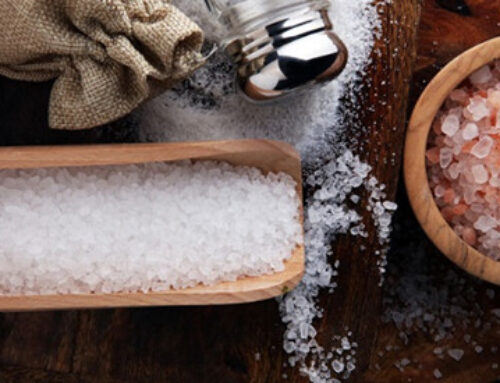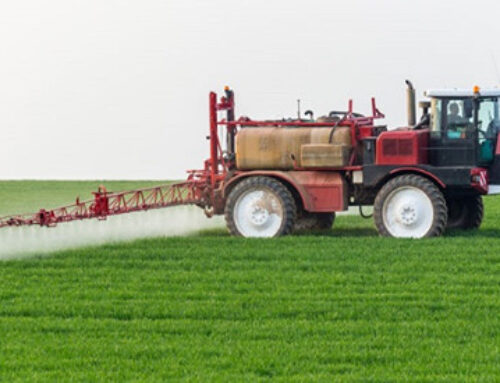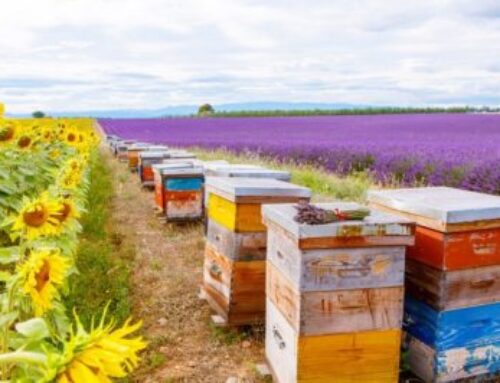I have been wanting to write about the importance of choosing foods that are additive-free. Additives include fillers, food dyes, preservatives, and other chemicals added into foods for various reasons. We ingest enormous amounts of these added chemicals in processed foods, but foods considered ‘natural’ like fresh meat, fruits, and vegetables can also have chemicals and coating on them and in them!
The average amount of added food chemicals consumed per person in the US is ten pounds a year! This is a huge burden on the liver, the organ responsible for filtering out all the unnatural and unhealthy things in our diet, the water we drink, and the air we breathe. After a while, the liver can become congested and unable to do the job it was designed for. One of the biggest roles the liver plays in our health is in the process of detoxification. When the detoxification process becomes bogged down, due to too many unnatural, unhealthy substances, we see the health of our body start to decline in many different ways. One common indicator includes inflammation. I am at a loss as to how anyone could think it is ok to put unnatural chemicals into our food supply, especially considering that foods targeted for children are the most heavily laden with these substances, including (notably) food dyes.
The Center for Science in the Public Interest (CSPI) reported that 15 million pounds of food dye are put into manufactured foods in the US each year, and this includes only eight types of dyes being monitored. What would the real number be if all dyes used were included in the count? This fact is particularly alarming considering most foods with colorants are consumed by our children.
In July 2010, the European Union began to label foods that have artificial dyes in them. The labels state that foods with chemical dyes in them “may have an adverse effect on activity and attention in children.” In 2009 the British government asked that most chemical foods dyes be removed from foods manufactured in the UK. I wish lawmakers in our country were similarly enlightened.
A study published in the well-known journal The Lancet found that the E-numbered food dyes did as much damage to children’s developing brains as the lead in leaded gasoline, lowering their IQ significantly (The Lancet, November 3, 2007).
[For a list of additives that cause Hyper-activity, Asthma, and Cancer see my Dangerous Food Additives Table.]
In the U.S., we purchase processed foods colored with chemical dyes at an astounding rate. I don’t understand why we are not labeling our foods in the U.S. that have chemical colorants in them. We should be calling for food manufacturers to voluntarily remove chemical food dyes and replace them with natural and safe food colorants.
It is important to point out that the reason dyes are put into processed foods in the first place is because without the dyes, and artificial flavorings (like ‘strawberry’ which is made up of 49 different chemicals!), being added back in after processing, the food would have a very unappetizing color and unappealing flavor. Processed foods are so deconstructed that the natural colors and flavors are completely destroyed in the process of manufacturing the food. They are colorless and tasteless and they wouldn’t sell without the additives.
But artificial dyes are only the start. We also have to consider the amount of preservatives used to keep foods fresh. Some foods sit on grocery store shelves for months on end. What do the preservatives actually do to our body and why are they necessary? Once a food has been processed, preservatives are added into the food to create a shelf life. This means more money for the grocer and more money for food manufacturers. It also equates to a tremendous amount of preservatives and other additives being consumed by the average American, and therein lies the danger. While these processed foods may be good for the grocers’ and the manufacturers’ bank accounts, they are not good for our bodies.
Two of the most common preservatives (out of thousands) include butylated hydrozytoluene (BHT), and butylated hydroxyanisole (BHA). What do these two chemicals do in the body? According to the CSPI, both of these chemicals are known to affect the neurological system of the brain and can alter behavior, and they both have the potential to cause cancer. Another common preservative, sodium benzoate, is well known to cause children to become hyperactive and more distractible when consumed. It is found in fruit juices, soda pop, and salad dressings, just to name a few. Finally, sodium nitrate, found in deli meats, bacon, and hot dogs, is linked to stomach, colorectal, and pancreatic cancer. These are just several of the many preservatives we consume daily in our standard American diet (SAD).
And what about fillers? Food fillers are additives that bulk up the weight of our food, using less-expensive ingredients, resulting in more profit for food manufacturers. The most common foods with fillers in them are meat products. Starches, like oat flour and wheat flour, are commonly used to bulk up hot dogs and other deli-type processed meats. Soy protein is often used in cheap hamburger meat. How can you spot foods that are loaded with fillers? Learn to read labels – like your health depends on it! Avoid foods with ingredients you cannot pronounce; if it’s a mystery, it’s probably a filler. If a meat product is sold in a shape, for example, nugget, stick, or patties, it has fillers in it. Meat should look like, well… meat!
I haven’t even begun to talk about the preservatives that are in our personal care products, for example, quaternium-15, which is used in shampoos (including J & J baby shampoo) and other personal-care products to kill bacteria. Unfortunately, it kills bacteria by releasing formaldehyde, and we all know that formaldehyde can cause cancer with repeat exposure. Take note, there are no restrictions on the use of this and many other chemicals in cosmetics. For more information regarding the ingredients in your cosmetics check out the environmental working group website at ewg.org, and safecosmetics.org.
It is good to remember that anything you put on your body ends up in your body. I use the “eat it rule” – if I can eat it, then it is safe to put on my body!
Once again we have to look at the real cost of choosing convenience over preparing only slightly more labor-intensive healthy meals. I will always advise my clients to choose carefully. Reach for foods that are natural—meaning they grow from the earth or live on the grass of the earth—and consume your foods as unprocessed and as unpolluted as possible. The healthy, natural foods we eat are the building blocks of our bodies, and the health of our (your) bodies can be linked directly to the quality of the foods we eat. Consuming foods that are processed, full of unnatural chemicals and fillers, makes it very hard for the human body to detoxify, and eventually leads to degrading health.
Please choose wisely.
Additional references:
1. Donsky, Andrea, 2013, Worst Ingredients in Foods, naturallysavvy.com. Accessed October 2014.
2. Jacobson, M. PhD, et al, 2010, Food Dyes – A Rainbow of Risks, Center for Science in the Public Interest. (Download the full report in pdf format.)










